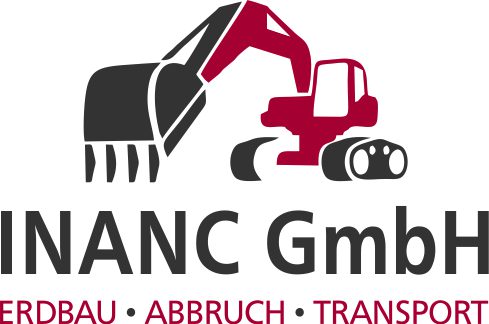Workflow control rules are definitely the parameters that guide and control the way in which your organization works its workflows. These can include things like who have access to specific data, what steps must be completed ahead of the process may continue, and www.managingworkflow.org/2021/12/06/business-process-optimization-pros/ how you can respond to unexpected issues that occur.
The rules of workflow control help you set up and handle repetitive responsibilities, permitting your workforce to focus on crucial work and projects. Streamlining your workflows as well increases openness and minimizes the risk of mistakes.
When creating a workflow, it may be essential to doc what’s engaged, which includes many techniques from tasks and equipment to people and the order by which they should be carried out. This helps make sure everyone on the team is aware of what they have to do and why.
It’s important too to consider whether the workflows will be sequential or parallel. For example , should you be processing an employee loan application, you may have to complete 1 step (income verification) before moving forward to another (establishing credit terms).
Once you’ve determined which in turn workflows you need to automate and just how they should be arranged, it’s time to think about the rules that will govern them. These types of rules will allow you to set up a process that actually works to your team, assures data is normally accurate and complies with company plans, and rationalizes your functions.
Business regulation engines, which are commonly referred to as BREs in enterprise parlance, are a essential component of work automation. They allow software program to infer decisions based on requirements and can emulate workflow procedure behaviour without the need for our input.
This is a wonderful way to save time while developing the quality of the business’s processes. It also makes certain that everybody on the workforce knows what to anticipate and can produce informed decisions based on data and facts.
Depending on the work you set up, rules could possibly be simple or perhaps complex. For instance , a rules-driven workflow may possibly automatically open and close roles based upon predefined guidelines and assign duties if the conditions of the control are attained. This can save your valuable team commitment while likewise ensuring that you’re meeting the needs of the clients.
Also you can use the rules to set up signals for different situations or for certain users and groups of persons. These can end up being useful for many different purposes, right from notifying people that they’re missing a deadline to triggering notifications every time a certain tolerance is reached.
There are many different reasons to use workflow management, which include avoiding problems and ensuring the right people are involved in jobs at the proper times. This kind of can ensure that the suitable work gets done punctually and to the proper standard.
Additionally , it can boost your organization’s overall productivity and efficiency. If your workforce is constantly implementing the same tasks, they might get bored or perhaps irritated. Then, they might start to make mistakes, leading to even more frustration and thrown away time.
Before you start utilizing any work flow, it’s imperative that you think about the organization’s leading priorities. This will help to you choose the best workflow application for your workforce and ensure that processes will be executed the right way. It’s also a good idea to execute workflow audits regularly so that your team can revise and improve their work flow if necessary.
